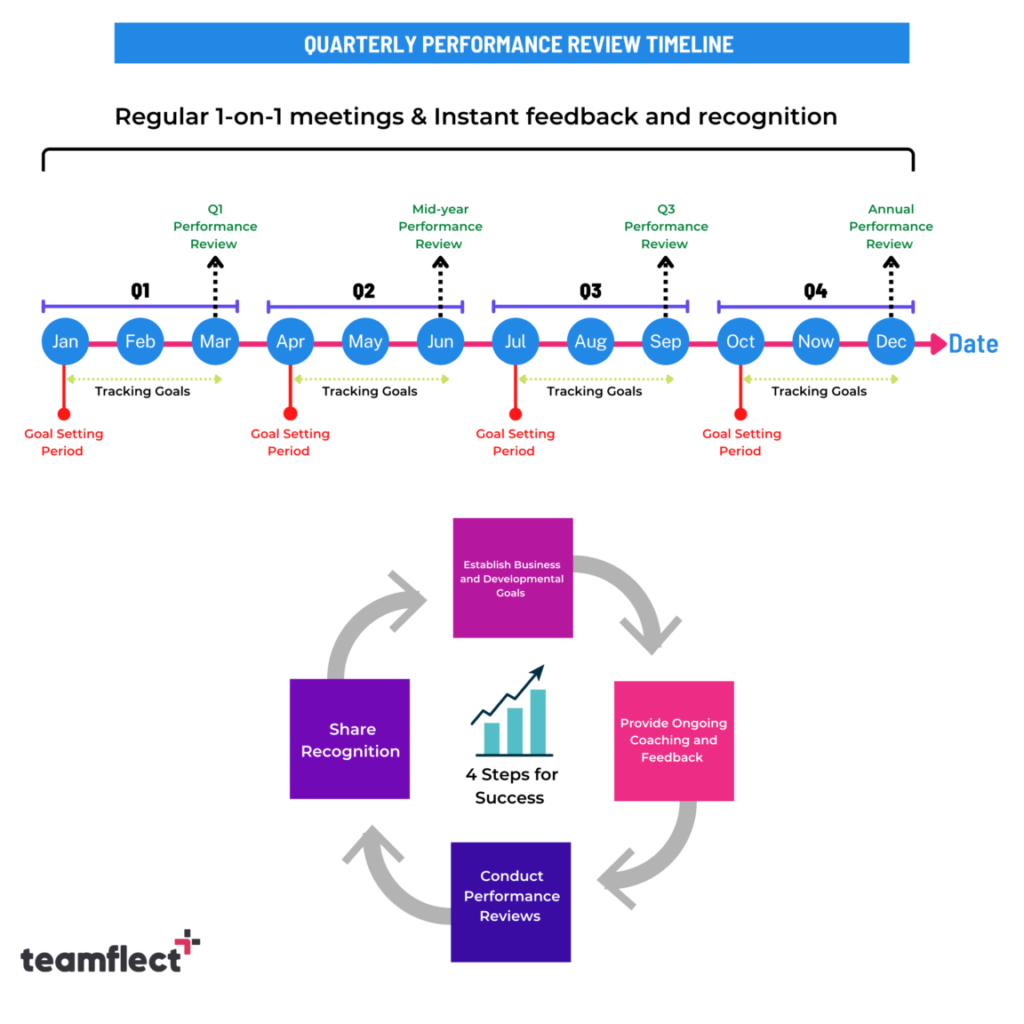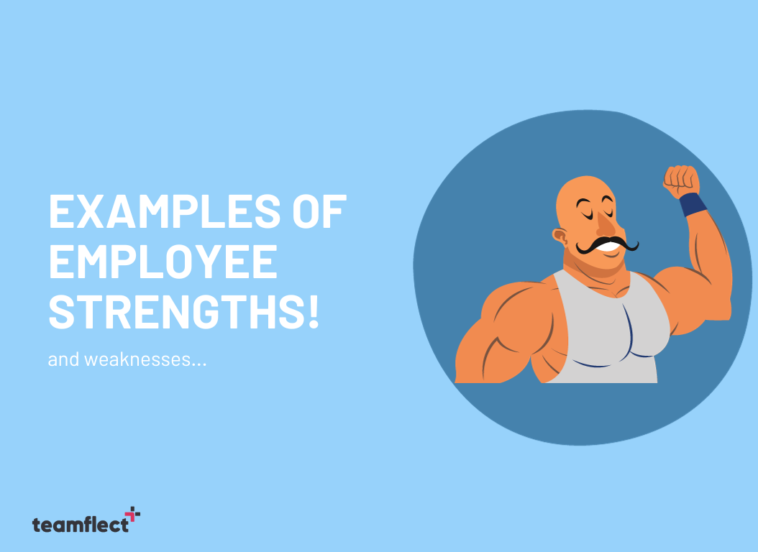The discussion of employee strengths and weaknesses is a crucial one. It is not just a conversation of skills but it is in fact a part of the diversity in the workplace discussion. And it is also a crucial step in building cross-functional teams.
Every member of a team brings something unique to the table. It is the leader’s job to identify their strengths and weaknesses in order to build teams and strategies around those employee strengths. ,
These strategies can revolve around making the most of an employee’s strengths, as well as, finding ways to mitigate some of their weaknesses.
In this article, we will be going over some of the best ways you can identify your employee’s strengths and weaknesses, how you can make those strengths shine, and how you can negate the effects of those weaknesses.
We will also be going over some common examples of employee strengths and weaknesses that you should always be on the lookout for! And no. We won’t be listing any of the classics such as: “My weakness is that I care too deeply, work too hard, and that I’m a perfectionist.”
Table of Contents
How to identify employee strengths?
Time and attention! Those are the only two things you need to identify the strengths of your employees. Here is the thing, while we will be suggesting some helpful methods that will highlight employee strengths for sure, none of them are a substitute for your undivided attention.
That being said, here are four ways you can identify your employee’s strengths and weaknesses.
1. Conducting Performance Reviews
Regular performance reviews serve as a valuable mirror reflecting both achievements and areas for improvement. Dive into past performance evaluations, paying attention to consistent high points and commendations. Look for patterns that reveal specific strengths demonstrated over time.
Now there is an ongoing debate on finding the optimal performance review frequency. We are strong believers in the effectiveness of quarterly performance reviews. When it comes to getting to know your employees and evaluating their performance, once or twice a year may prove to be too long of a gap.

2. Utilizing Employee Self-Assessment
You might have a great eye for people. In fact, it just might be the reason you are in your current position. That being said, do you think you know your employees better than they know themselves?
Who looks insides, awakes.
Carl G. Jung.
Empower your employees by inviting them to self-reflect. Encourage them to identify their own strengths and areas where they feel most confident. Self-awareness often unveils hidden talents and passions that can be harnessed for the benefit of the team.
Self -review, whether it is a part of performance appraisals or an aspect of your feedback cycle is an incredibly effective way to unearth new skills and boost confidence in the workplace.
3. Practicing 360-Degree Feedback
When it comes to identifying strengths and weaknesses in the workplace, it does indeed, take a village. A collaborative approach is key. While the power of self-appraisals is undeniable, an outside eye is a necessary aspect of any feedback cycle.
What is better than an outside opinion? The combined feedback of everyone you work with! Consult peers and managers for their insights on the strengths they observe in each team member. Different perspectives can unveil facets of an individual’s capabilities that might be overlooked.
4. Analyzing Past Successes and Achievements
Success leaves a trail of breadcrumbs. Look back at significant achievements and successful projects. Identify the key roles each team member played and the skills they utilized to overcome challenges. Past triumphs can be indicative of underlying strengths waiting to be leveraged further.
5. Leverage Technology
Whether you are working remotely or in a traditional setting, everything we just mentioned above is a challenging task. The good news is, that there are some incredible tools out there that can help you with every single one of these steps. In fact, we put together some of the cream of the crop, right here!
While we stand by all the tools we recommend in those lists, if you’re a Microsoft Teams user, then the best option for you would be:
Teamflect
An all-in-one performance management solution for Microsoft Teams, Teamflect is the perfect tool for those who want to hear their employees out.
With extensive libraries filled with performance review, feedback, and survey templates, Teamflect helps you conduct surveys and exchange feedback without ever having to leave Teams chat, let alone the app itself!
Teamflect is completely free with full functionality for up to 10 users. That means you can try Teamflect inside Microsoft Teams with a small group and if they like it, then you can invest in it! No signing-up, no time limits, or feature limitations!



